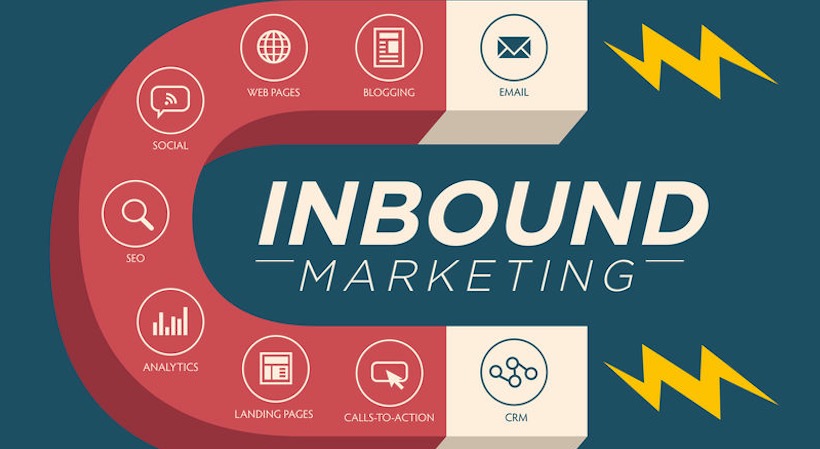At last, you’re officially open for business and you’re ready to jump into the chaotic world of content marketing. Remember rule number one: Content that pulls people in will always be more effective than advertising shoved in front of customers’ faces.
You probably understand this as an entrepreneur, but execution is much easier said than done. The maxim of inbound marketing remains the same no matter what stage of life your company is in: High-quality content creates high-quality leads.
When a company’s content is entertaining or educational, customers are more likely to share it themselves. Rather than swatting away the advertising like an annoying pest, consumers become advocates, amplifying the brand by spreading its content and ideas.
What kind of content is valuable? It depends on the buyer
“We use content marketing to get our message out to the professionals that need our products, providing quality offers that are buyer-centric,” Heather Thompson, SVP of Marketing at Qorus, said. “We develop quality, credible content that addresses the needs or challenges of a persona offering advice, learnings and solutions. The authenticity of the content is what encourages buyers to continue their research on a company’s website or blog, or to download further content assets.”
Qorus runs a survey each year, and the data it gathers helps the software company resonate more closely with its customers’ needs and match content accordingly. When it comes to content planning, this survey is also a high-engagement piece for the company.
Related: 10 Best Free Digital Marketing Tools for Entrepreneurs
If you want to establish great inbound marketing for your young business, consider the following steps:
Make a thorough plan
A strong content strategy takes time to develop, so it helps to plot your journey upfront. Rope in everyone on your team to brainstorm content ideas before developing them: sales teams, support teams, customer feedback specialists and anyone else in the company who has input. If your startup is small, get everyone in on the action.
A generic half-baked campaign will never work. Before getting started, you need to have an answer to the question, “So what?”
By deciding now what your inbound marketing campaign will look like, you’ll save your company valuable time and money in the future.
Assemble your tools and team
To identify which topics might be best to create content for, consider a variety of tools: BuzzSumo, AnswerThePublic and Quora are great places to start. Each of these provides a data-driven sense of what’s popular and inspires click-throughs.
In addition to the above tools, you’ll need to assemble your team. An inbound marketing effort usually requires full-time marketers. Otherwise, a third-party vendor in the industry could be hired. A dedicated team will ensure that the content is consistent and therefore effective.
Draft a persona worksheet
Plot the content to the journey a customer might take by drawing up a series of worksheets based on different personas and the buyer’s stage. Include background, demographics, goals, challenges and ambitions. On the basis of all that information-gathering, you can guide that customer from the awareness phase right through to making a decision.
Create quantity and quality
In content marketing, consistency is key. Low-quality content doesn’t convert buyers. If an article isn’t informative, or if a video isn’t entertaining, consumers won’t click to learn more. But consistency in quantity is important, too.
An article on the best smartphones from 2018, no matter how great it is, will not drive buyers to click today. Content needs to be on the right topic for the right customer at the right time, so keep that in mind while developing your topics.
Sign Up: Receive the StartupNation newsletter!
Distribute appropriately
So, you’ve identified the aim of your content marketing campaign, gathered your analytics and your team, and started to produce engaging, high-quality content. It’s time to get it in front of customers.
There are an endless number of ways to get content out into the world, even if you’re focusing only on the internet. It’s wise to consider both paid advertisements and organic methods, such as a compelling blog and a dynamic, search-optimized website (to name only a few).
Every startup’s inbound marketing efforts can benefit from the right kind of content marketing. But again, high-quality content generates high-quality leads. Invest in creating the best possible content for your company, and you’ll be well on your way to reaping the rewards.






